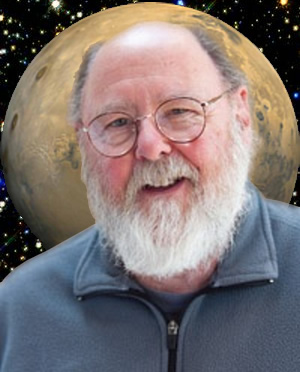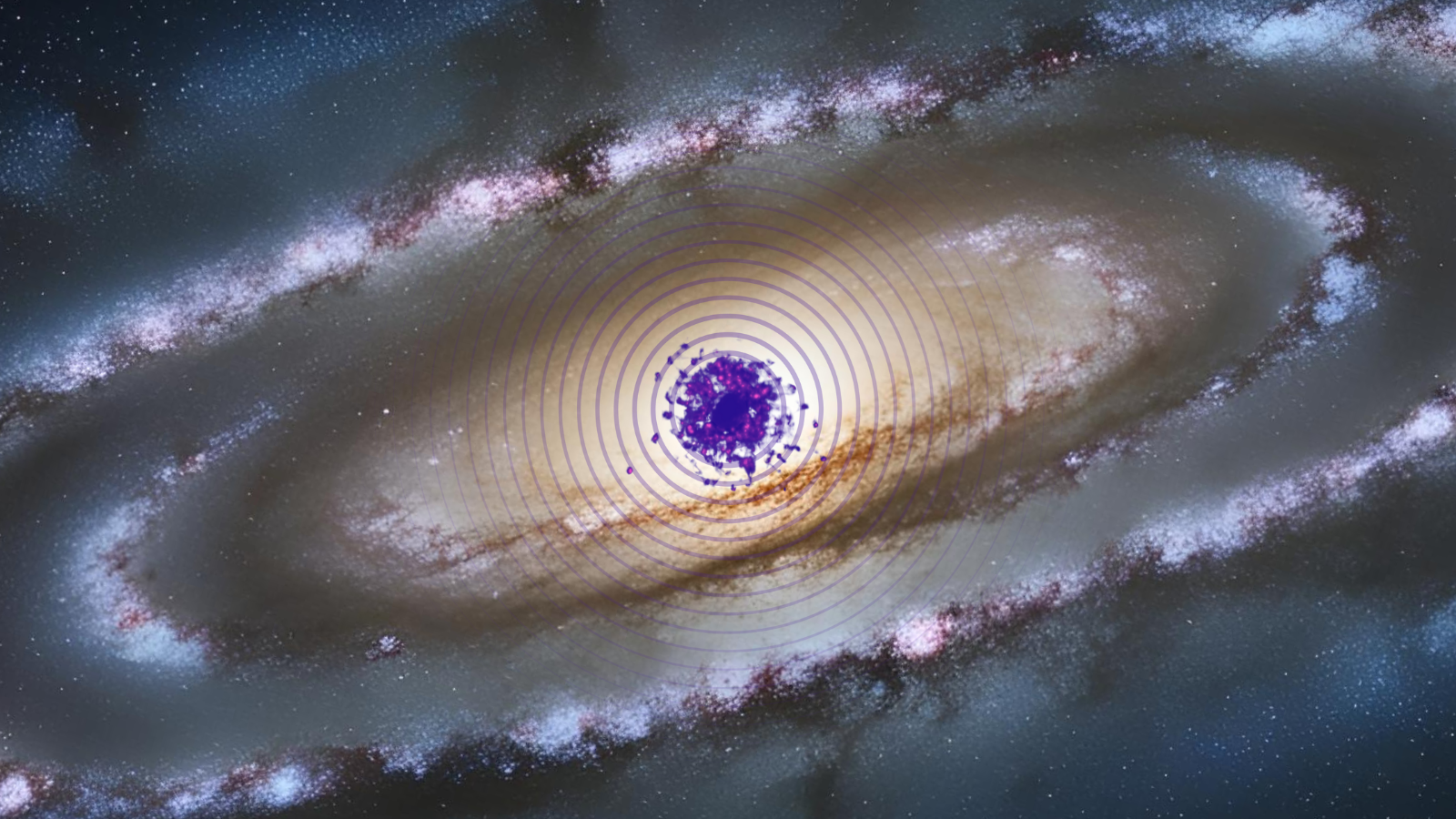Stardust Canister Opened: 'A Huge Success'
Freshfrom its fall to Earth last weekend, the Stardust sample return capsule hasbeen opened in a cleanroom at the NASA Johnson Space Center (JSC) in Houston, Texas.
"Itexceeds all expectations," said Donald Brownlee, Stardust's lead scientist fromthe University of Washington, Seattle. "It's a huge success," he explained in a University of Washington statement released today.
"Wecan see lots of impacts. There are big ones, there are small ones. The big onesyou can see from 10 feet away," Brownlee observed.
Apreliminary estimation is that there might be more than a million microscopicspecks of dust embedded in Stardust's aerogel-laden collector. Furthermore, itappears--from the size of the carrot-shaped impact tracks in theaerogel--that there are about 10 particles of 100 microns in size.
Thelargest is around a millimeter, Brownlee added, and he says the biggest trackis nearly large enough to insert your little finger. In the largest aerogeltracks, investigators can see the black comet dust at the end of the track.
JSCwill be the curator of the samples collected by Stardust from comet Wild 2, aswell as the interstellar dust particles that Stardust snagged during its nearlyseven year voyage. As many as 150 scientists worldwide are awaiting samples tostudy.
Big payoff
Breaking space news, the latest updates on rocket launches, skywatching events and more!
Scientistsand engineers are elated with the outcome of NASA's Stardust mission, after a2.9 billion mile round-trip space voyage.
The101-pound (46-kilogram) Stardust capsule returned to Earth, slamming into theatmosphere at a blistering 29,000 miles per hour - the greatest velocity everattained by any human-made object diving into Earth's atmosphere on record.
Thesample return capsule landed in the pre-dawn hours January 15 at the Utah Testand Training Range (UTTR), touching down on the desert floor under parachute.
Afterthe capsule's recovery, a "bank vault-like" canister holding the interstellarand comet samples was removed in Utah for transportation to JSC.
Stardustwas launched on February 7, 1999. The encounter and cometary dust samplecollection at comet Wild 2 occurred January 2, 2004 - with the spacecraftflying by the comet at roughly 149 miles (240 kilometers) distance.
Asa NASA Discovery-class mission, Stardust is a $212 million econo-class science project.
- Full Circle: NASA's Stardust Probe Returns Home with Comet Samples

Leonard David is an award-winning space journalist who has been reporting on space activities for more than 50 years. Currently writing as Space.com's Space Insider Columnist among his other projects, Leonard has authored numerous books on space exploration, Mars missions and more, with his latest being "Moon Rush: The New Space Race" published in 2019 by National Geographic. He also wrote "Mars: Our Future on the Red Planet" released in 2016 by National Geographic. Leonard has served as a correspondent for SpaceNews, Scientific American and Aerospace America for the AIAA. He has received many awards, including the first Ordway Award for Sustained Excellence in Spaceflight History in 2015 at the AAS Wernher von Braun Memorial Symposium. You can find out Leonard's latest project at his website and on Twitter.
